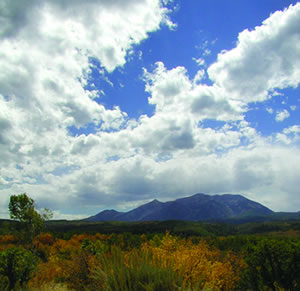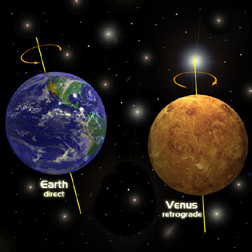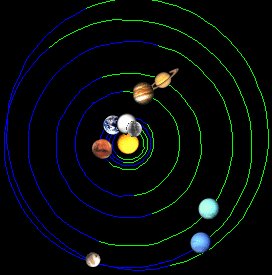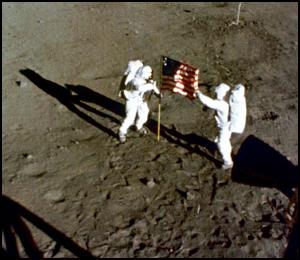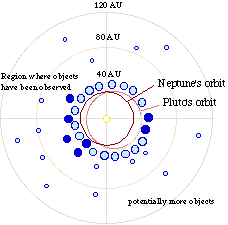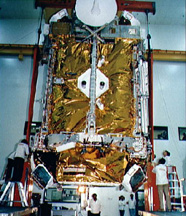What happens to the weather when the humidity goes up? How are temperature and humidity related? Do relative humidity and cloud coverage affect each other at all?
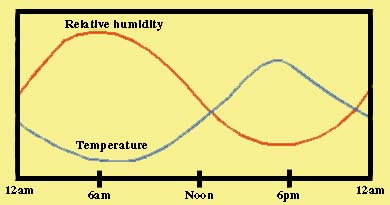
Relative humidity is the amount of water in the air divided by the largest amount of water the air can hold. Scientists can use the temperature to find out how much water the air can hold. The higher the temperature, the more water! For example, if the relative humidity is 100% then that means the air is holding as much water as it can at that temperature.
Think of the air as a glass and you want to know how much water it can hold. If the glass is half full then it has a relative humidity of 50%. If you add more water, then the relative humidity will go up. If you get a bigger glass, the same amount of water takes up a lesser percentage of the space, so the relative humidity goes down. The air acts in the same way.
When the humidity is 80% or higher, there is enough water in the air for rain or snow. Relative humidity can change a lot during the day. If it gets cooler the humidity goes up because the largest amount the air can hold goes down. Why? A change in temperature causes a change in pressure. Think of pressure as two air pieces pushing on each other. If the temperature goes up, they don't push as hard and so more water can be held. If the temperature goes down they push harder and so they can't hold as much water. If the relative humidity was 100% and the temperature goes down, the air pieces push together and squeeze out water. This is our rain and snow!
Humidity is important for clouds too because they are made of water and ice. If the relative humidity is high, there is a lot of water that can be used to make clouds. The larger the amount of water, the more clouds we can have.
Submitted by Drew, Misha, Jenna M., Jenna O., Courtney, Jessica, (Minnesota, USA)
(May 8, 1999)





